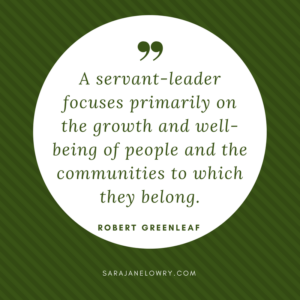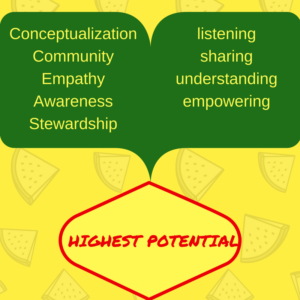 Mindfulness is for everyone, especially leaders
Mindfulness is for everyone, especially leaders
We are well aware that our bodies can be trained to make us healthier, flexible and stronger. We now know from neuroscience research that there is mindfulness training can cultivate and strengthen our mind’s capacities. Mindfulness is something we all have naturally, but it is more easily tapped into when we practice on a daily basis. Mindfulness lights up parts of our brains that aren’t normally activated when we’re mindlessly running on autopilot.
According to the Institute for Mindful Leadership, mindfulness practice can strengthen and cultivate four hallmarks of leadership excellence-focus, clarity, creativity and compassion. I have been working with some clients in developing a mindfulness practice and we begin with these steps:
#1. Set aside some time to be mindful.
Even 10 minutes. Best if you do it first thing in the morning while your creativity is at its most free. But you can do it over coffee, or lunch, or walking from one meeting to another. Make time. You don’t need special cushions.
#2. Observe the moment you’re in that you’ve chosen to get mindful.
Mindfulness is not stopping all your thoughts, or attempting to achieve a state of calm. The goal is actually simple: we’re attempting to pay attention to the present moment, without judgement
#3. Thoughts will come and go
Let them pass by. And if you end up following them? When you catch yourself, bring yourself back without judgment of them or of you.
#4 Return to the present moment
Observe the moment as it is right now. What you’re thinking, feeling. Where you’re sitting or walking. Feeling your breathing in and out. Over and over, this is the practice.
This is the work. Just this. Here and now.
It sounds simple, but it isn’t always easy. Let the mind stay focused here and now. Don’t get discouraged when your mind goes off – that’s why this is a discipline, a practice. Mindfulness isn’t about “fixing” you, and it’s not about stopping your thoughts.
Meditation and Mindfulness
You can use meditation practice as a way to practice mindfulness too. There are a couple of ways to do this:
- We start with focusing on the breath as a way to anchor your mind in the moment by focusing in on breathing in and out. I suggest that you focus on where you feel the breath in your body, in your nostrils, whether it’s warm or cold, do you feel your diaphram against the chairback. When your mind wanders and you notice it, just say “wandering” and bring it back to the breath. Be kind to yourself in this process. Find a sense of ease and well-being in this moment of breathing and being present.
- We also use the mind to focus by moving through our body from our feet to our head, and seeing where there is tension. Just bring the mind back to the sensations of breathing, or of our bodily tensions. No expectations or judgments, just noticing each thing.
Mindfulness can help you enjoy a cup of tea more fully, walk mindfully down the hall to your next meeting and be more present, have a more engaging conversation, or wind down for a relaxing night’s sleep. And that feels like it might a practice worth doing.

 leadership one can choose in our world today. Certain types
leadership one can choose in our world today. Certain types  As a servant leader, you express care and concern for staff and board members. You show empathy for their challenges
As a servant leader, you express care and concern for staff and board members. You show empathy for their challenges


